Meteors are mysterious, and while they mostly star in Hollywood movies on their way to earth to destroy us all, people don’t really know much about them. That is why this Meteors facts list will change that.
So next time you watch a disaster movie where we only have 16 days before a meteor the size of Utah will hit earth and destroy us, at least you will know a thing or two about the rock.
Let’s go.
25 facts about meteors
1. Meteor, Meteoroid, or Meteorite
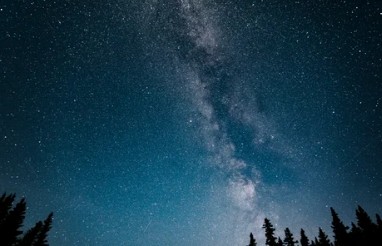
A lot of us think that meteor, meteorite, and meteoroid are the same thing. Interestingly, all these 3 are different than one another.
| Meteor | Meteorite | Meteoroid |
| When a Meteoroid enters Earth’s atmosphere and lights up from the heat | A piece of the Meteor that actually passed Earth’s atmosphere and reached the ground | A rocky or metallic object that was part of an Astroid |
2. What Meteoroids Consists of
Typically, most of the meteoroids are made of a combination of different chemical compounds and metals. Scientists found that the majority of the meteoroids are consist of either:
- oxygen
- silicon
- silicates
- or heavy metals like iron and nickel.
Most of the meteoroids tend to be very small.
3. What is a Meteor Shower?
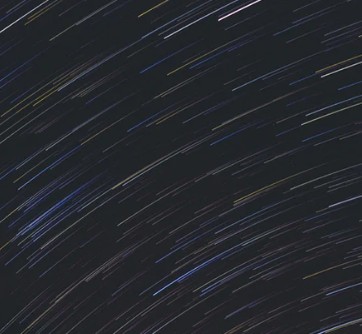
As the name suggests, a meteor shower happens when many Meteoroids enters the Earth’s atmosphere at once and seems to be glowing from the heat.
In these events, we can see glowing trails in the sky. The size of these meteoroids is usually very small.
That is why the majority of those meteoroids disappear even before entering the Earth’s atmosphere, and most of them never reach the ground
4. The International Space Station and Meteors
The International Space Station ( ISS ) is orbiting the Earth all the time. But how does it tackle incoming meteoroids? The ISS has orbital debris shields all over the place.
Interestingly, according to reports, it has hundreds of such shield configurations to save the space station from being hit by space debris or meteoroids.
At the same time, the ground control is always on the lookout for larger debris. If it deems necessary, then they can use the thrusters of the ISS to move it away from the path of the large debris.
5. How Many Meteor Showers Occur?
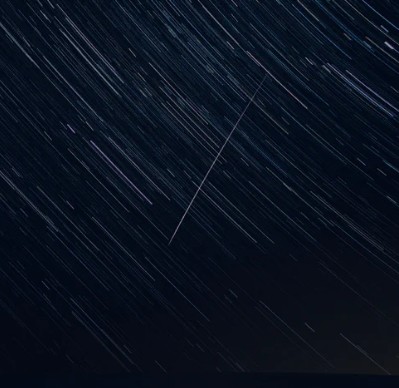
Due to our Earth’s thin atmosphere, we can enjoy meteor showers every now and then. According to astronauts, there are over 30 visible meteor showers each year. But that is nothing compared to the meteoroids that hit the Earth each day.
It is estimated that more than 100 tons of sand size particles and dust from meteorites hit the Earth every day
6. The Perseid Meteor Shower
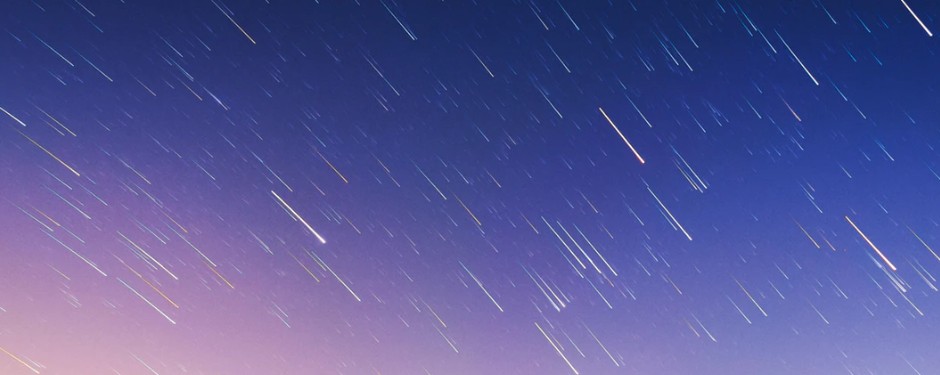
Among all the meteor showers, the most popular one is the Perseid meteor shower. Because this is the most visible meteor shower among all other ones.
Usually, it is active in the sky between 17th July and 24th August each year. And, if you want the best experience, then you should look for it from 12-13 August as this is the peak time of the Perseid meteor shower.
If you are lucky, you might see about 1 or more meteor per minute during peak time. The Perseid meteor shower is related to the ‘Swift-Tuttle’ comet.
The first recorded information about this peculiar meteor shower dates back to the 36 AD.
7. The Reason Behind Colorful Meteors
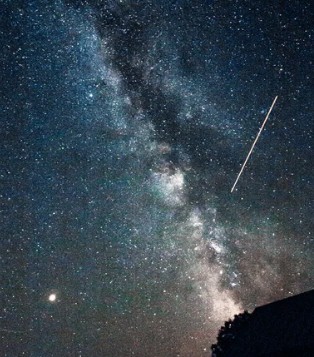
If you have seen any meteor shower, you would notice that the meteors have different colors. It is because of the different chemicals the meteors are made from.
When meteors enter the Earth’s atmosphere, the outer layer of the meteor reacts with the atmosphere heat. As a result, it starts to glow.
Now, the color of the meteor will depend on the chemical components it is made with. For instance, if the meteor is made of metallic atoms, then it would appear green, blue or yellow.
As the majority of the meteors consist of iron or nickel (metal), you will notice that most of the meteors glow in green color.
8. A Fireball Meteor
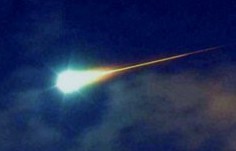
Normally, most of the meteors that hit the earth’s atmosphere are very small, they don’t glow as much as compared to some of their counterparts.
Interestingly, there are some meteors that are so bright that you can see them with your naked eye even during the day.
A fireball is called when a meteor reaches a bright level of -3 magnitude or brighter when being observed. Which is to say, becomes very very bright.
9. Speed of Meteoroids
Meteoroids usually travel around space with very high speed. At the same time, our Earth is also revolving around the Sun very fast. Understandably so, these meteoroids reach the atmosphere with very fast speed.
According to researches, majority of meteoroids travel at a speed of about 71 km per second.
10. Bolide
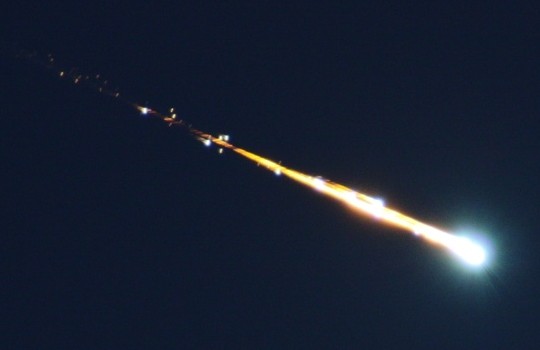
Astronomers use the word ‘Bolide’ to refer to a particular type of meteor. It is a French word that was originated from Greek literature.
In Greek, the meaning of ‘Bolide’ is ‘Missile’. The word ‘Bolide’ refers to a fireball meteor that appears very bright in the sky.
To be considered as a bolide, the meteor should have a brightness of about -14 apparent magnitude or higher.
For your information, that would be more than twice as bright compared to a full moon.
11. Types of Meteorite
Primarily, there are 3 types of meteorites in terms of their composition. These are:
- iron meteorites – meteorites that are made entirely with iron is known as the iron meteorites
- Stony-iron meteorites – stony-iron meteorites are composed of equal parts of metal and silicate crystals.
- Stony meteorites – stony meteorites are made with mostly silicate minerals
12. Value of Meteorites
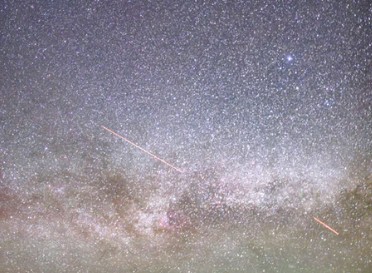
Meteorites are extraterrestrial objects. As a result, even though these are just rocks or stones, some meteorites are very expensive.
Yes, these are pricier than diamonds, gold, or emeralds. Some meteorites can be worth more than a million US dollars.
The stony-iron meteorites are the rarest and most expensive type of meteorites. Now, it is also true that not all of the meteorites found on Earth are highly expensive.
There are lots of meteorites that can be very cheap as well. You can literally buy pieces of meteorites on eBay.
13. The Largest Meteorite on Earth
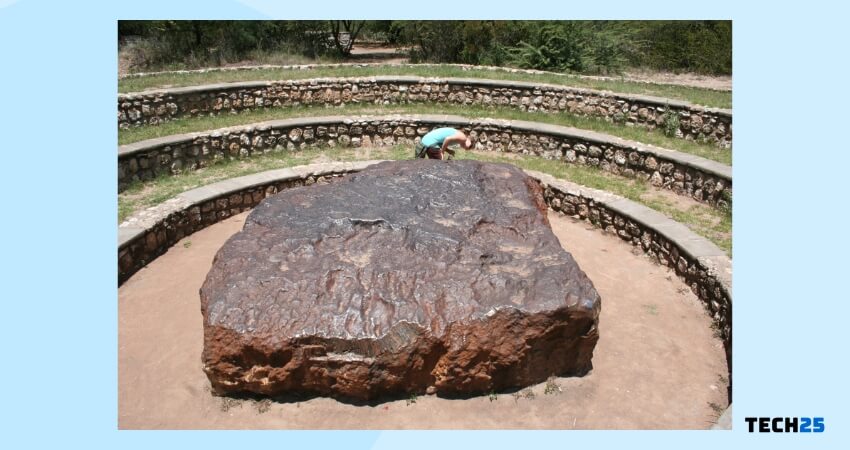
Original image via business insider
At the moment, the largest meteorite on Earth is the ‘Hoba’ meteorite. This is located in Namibia.
The word ‘Hoba’ means ‘Gift’. It is so big that since its discovery, it was not moved from its place. It is estimated that the mass of this meteorite would be about 60 tonnes.
According to researches, it is thought that the ‘Hoba’ meteorite landed on Earth about 80 thousand years ago.
The net dimension of this space particle is 8.9 ft. x 8.9 ft. x 3 ft. And, it is made of iron (84%), nickel (16%), and cobalt (negligible amount).
14. The Largest Meteorite in the USA
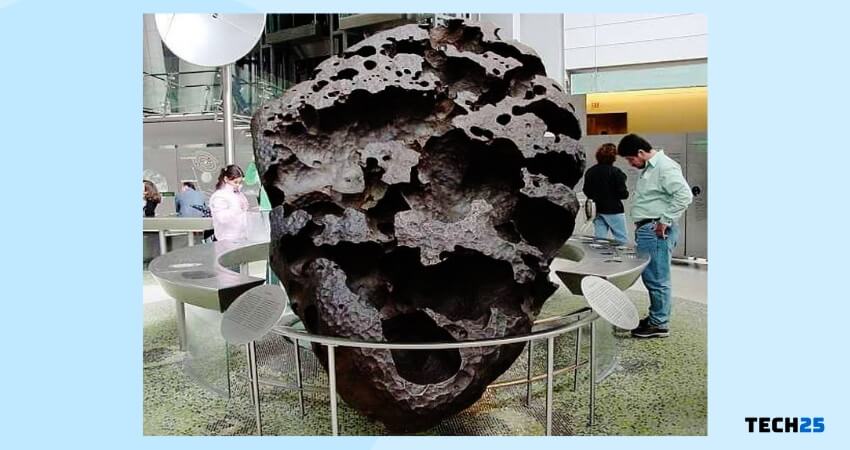
Right now, the largest meteorite ever found in the US is the ‘Willamette Meteorite’. Previously, it was named ‘Tomanowos’.
It is also the 6th largest meteorite in the world. According to researches, this one landed in Canada or Montana initially.
Then it might have been transported to the USA as a glacier erratic due to the ‘Missoula Floods’ that took place during the last ice age about 13 thousand years ago.
This is composed of iron (91%), nickel (7.62%), phosphorus, and cobalt. The net dimension of the ‘Willamette Meteorite’ is about 10 ft. x 6.5 ft. x 4.25 ft. and it weighs about 15,000 kg.
15. If you found a Meteorite
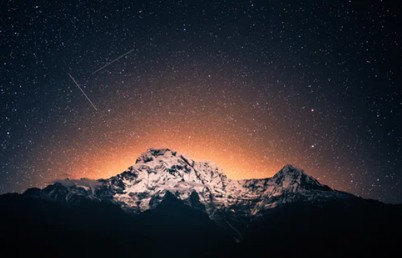
What if you have found a meteorite? Could you keep it? Interestingly, it all depends on the law of the area you are residing in.
For instance, in the USA, you can keep the meteor if you have found it on your property.
You can even sell the meteorite to make some profit. On the flip side, there are various countries where the meteorite belongs to the Government even though it was found on your properties.
16. Martian Meteorites
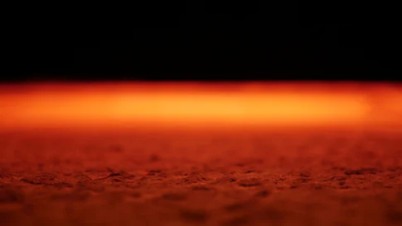
From the name you might have already guessed that we are talking about the meteorites that were formed on the planet Mars and then landed on the surface of Earth.
This type of meteorites is very rare as well as expensive. Till now, astronomers have identified only 277 ‘Martian Meteorites’ on Earth.
17. Meteoroid vs. Asteroid
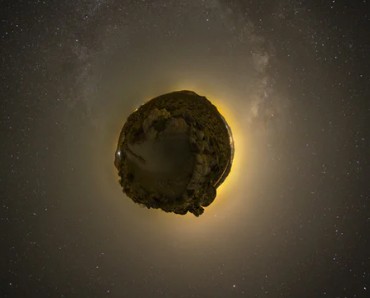
Meteoroids:
You already know that the meteoroids are very small rocks or chunk of space debris that orbits in the outer space. That means most of the meteoroids are tiny pebble-sized.
Asteroids:
Asteroids are also similar particles that orbit in the outer space but these are larger in size. Typically they are smaller than planets yet very large compared to a meteoroid.
Most meteoroids never reach the Earth due to their small size. However, asteroids can easily hit the Earth’s surface.
.18 The Barringer Meteor Crater
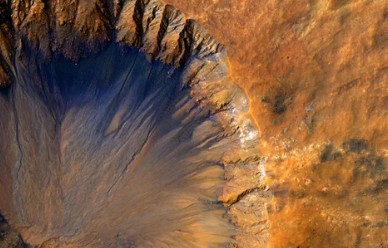
When a large meteorite hit the Earth’s surface, it leaves a huge crater most of the time. And, this type of craters is known as ‘Impact Craters’.
Till now, we have found about 190 impact craters around the world ( according to Wikipedia ).
Among them, the ‘Barringer Meteor Crater’ aka the ‘Meteor Crater’ is regarded as the largest impact crater located in the USA.
It is believed that the crater formed about 50 thousand years ago when an asteroid with a diameter of about 30-50 meters hit the Colorado Plateau area.
The diameter of this crater is about 1.186 km and it has a depth of about 170 meters or 560 feet.
19. The Vredefort Crater
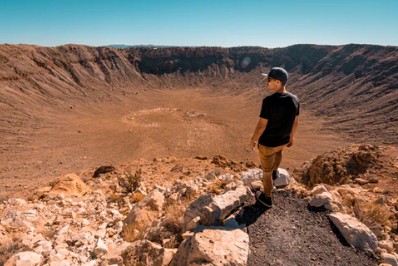
When it comes to the world’s largest impact crater then we have to mention the ‘Vredefort crater’.
Right now, it is located in a province of South Africa named ‘Free State Province’. Reports say that the crater was formed over 2 billion years ago. In that regard, it is the world’s 2nd oldest crater at the moment.
It is believed that the asteroid that created this crater would have a diameter of about 10 to 15 kilometers.
After the impact, the initial diameter of the crater might have been about 300 km or 190 miles. But, due to erosion, both the depth and the diameter of the Vredefort crater have been decreased significantly.
At the moment, it is estimated that this crater has a diameter of about 190 kilometers or 118 miles.
20. The Fukang Meteorite
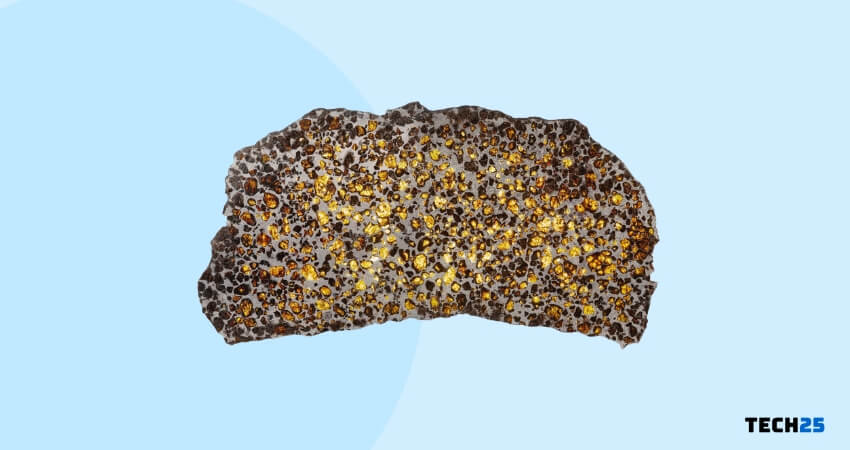
As previously mentioned that meteorites are quite valuable. But which one is the most valuable meteorite on Earth?
Up until now, the most expensive meteorite that was up for sale is the ‘Fukang Meteorite’.
This precious extraterrestrial material was discovered in Fukang, China back in 2000. Researchers suggest that it is a stony-iron meteorite and has olivine crystals as well.
And it is believed to be 4.5 billion years old. The total weight of the meteorite was about 1003 kg or 2211 lbs.
However, later, it was divided into several sections. At the moment, the main section weighs about 420 kg or 9125 lbs. And, in 2008, this section was offered for auction by ‘Bonhams.
The estimated price for that deteriorate was about 2 million USD. However, the meteorite is yet unsold.
21. Meteors in Ancient Cultures
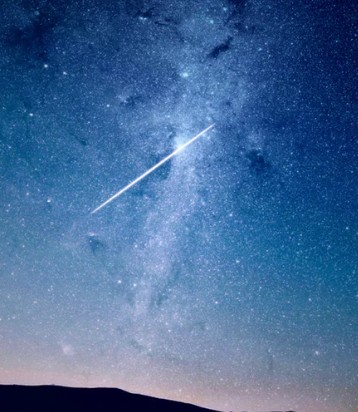
Meteors, comets, and meteor showers or any similar celestial phenomena were very significant in ancient cultures.
When this type of extraterrestrial events would take place, the Romans and Greeks would think that something good or bad was about to happen.
Some other civilizations also believed that the Gods were angry at the humans and thus they are throwing fiery rocks at them to punish them.
22. Meteorite Falls & Meteorite Finds
The term ‘Meteorite Falls’ refers to the meteorites that were observed during their fall from the sky and later collected successfully.
By contrast, the ‘Meteorite Finds’ refers to the meteorites that were found on Earth but there were no records of sightings of those particular meteorites anywhere or by anyone while entering the atmosphere.
23. Where Do Meteorites Come From?
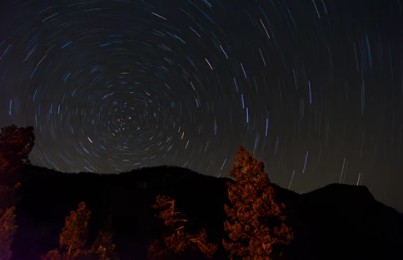
Most of the meteorites that land on Earth come from the asteroid belt. This is a region located in our solar system between the planet Mars and Jupiter.
You will find all types of irregularly shaped celestial bodies out there.
These are known as asteroids or minor planets as well. This is the region where the majority of the meteoroids come from.
Some other meteoroids come from other parts than the asteroid belt such as the moon or the planet Mars.
24. The Tunguska Event
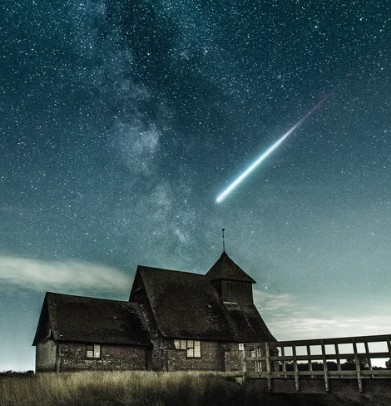
The ‘Tunguska event’ was an impact event of a meteoroid that hit an area named Tunguska in Russia.
It is recorded that the event took place on 30th June 1908. Interestingly, it is still the largest meteoroid impact event that was recorded.
Even though this was a huge explosion, no impact craters were found. For that reason, it is believed that the extraterrestrial object was disintegrated just about 5-10 km prior to hitting the land on Earth.
Many reports say that there were at least 3 possible deaths due to this event. It flattened about 80 million trees and destroyed lots of wildlife across an area of 830 sq. miles or 2150 sq. Km.
Luckily, the location was remote and not many people lived in that area. Otherwise, the damage could have been more severe.
25. Shooting Stars and Meteors
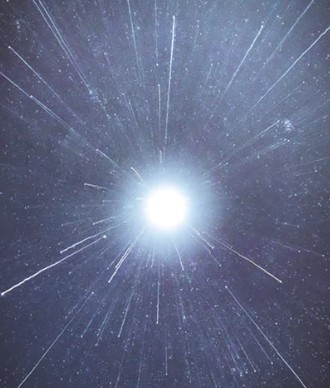
Yes, you have guessed it right! A shooting star is actually a speck of dust or a piece of rock that hits the atmosphere of Earth and burns in the process. And, astronomers call them Meteors.
As we previously stated more than 100 ton of meteors enter Earth’s atmosphere every day, you can actually see shooting stars or meteors very easily.
Just concentrate on any specific part of the night sky and wait for a few minutes. It is estimated that you will see a shooting star within 10 to 15 minutes in most days.
Wrap Up
These were our meteor facts. The fascination about the meteors, meteorites, or the night sky altogether is nothing new. The human race has been curious about extraterrestrial objects since the dawn of time.
Thanks to the advancement of science and technology, now we know exactly what we are looking at when we gaze into the night sky. And, day by day, we are learning more about space and the galaxy
Now why don’t you learn about some electrifying facts about electricity by reading this post next.
